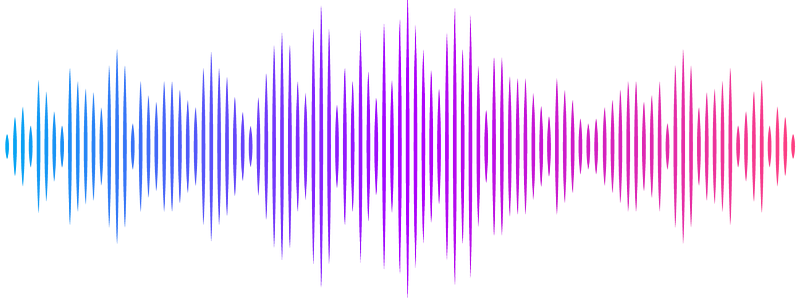Opposing neural processing modes alternate rhythmically during sustained auditory attention

Opposing neural processing modes alternate rhythmically during sustained auditory attention
Kasten, F. H.; Busson, Q.; Zoefel, B.
AbstractWhen confronted with continuous tasks, humans show spontaneous fluctuations in performance, putatively caused by varying attentional resources allocated to process external information. If neural resources are used to process other, presumably \"internal\" information, sensory input can be missed and explain an apparent dichotomy of \"internal\" versus \"external\" attention. Each of these opposing attentional modes might have their own distinct neural signature. For instance, alpha-oscillations (~10-Hz) have been linked to a suppression of sensory information and might therefore reflect a state of internal attention. Indeed, in auditory cortex of macaque monkeys, periods with strong alpha-oscillations and reduced responses to sounds alternate with periods in which the opposite pattern occurs. In the current study, we extracted neural signatures of internal and external attention in human electroencephalography (EEG) - alpha-oscillations and neural entrainment, respectively. We then tested whether they exhibit structured fluctuations over time, when listeners attended to an ecologically relevant stimulus like speech, and completed a task that required full and continuous attention. Results showed an antagonistic relation between spontaneous alpha-oscillations and neural activity synchronized to speech. These opposing neural modes underwent slow, periodic fluctuations around ~0.07 Hz that were strikingly similar to those observed in non-human primates, and related to the successful detection of auditory targets. Our study might have tapped into a general attentional mechanism that is conserved across species and has important implications for situations in which sustained attention to sensory information is critical.